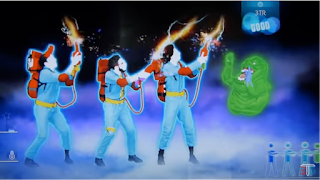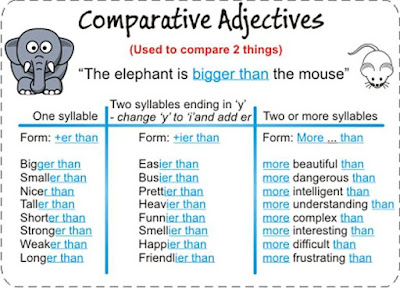NATURAL SCIENCE
What will we learn in this unit?
- WHAT DO PLANTS NEED?
- WHAT DO PARTS OF THE PLANTS DO?
- SEED PRODUCING PLANTS
- FLOWERING PLANTS
- DO ALL PLANTS PRODUCE SEEDS?
Today, we will start remembering the parts of the plants and what they need to live:
Let´s start looking at the pictures in your book, page 52 and decide what picture is each: flower, roots, fruit and leaves.
Empecemos con nuestros libros, página 52, de forma oral identificamos cada imagen, decimos qué es en inglés y después vemos el vídeo de esta página.
Después de ver el video un par de veces, contestamos a estas preguntas en el aula virtual o en nuestro cuaderno, si no tenemos acceso al aula.
-
Who
transports the pollen from the plant?
-
What
plants produce seeds?
-
What
plants produce cones with seeds?
·
Para
completar el trabajo del libro, vamos a ver un video/canción:” Needs of the plants” y después
contestamos a esta pregunta (en el aula
o en el cuaderno, si no podéis acceder al aula):
- What do plants need to live?
 |






